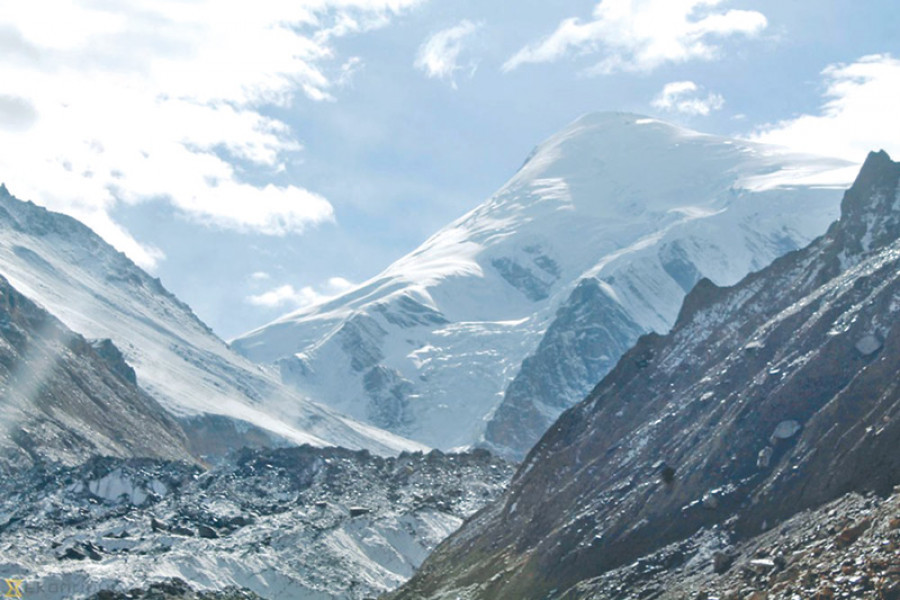Editorial
Monitor glacial lakes
The government must prepare a national plan of action to mitigate the risks the lakes pose.
As climate change melts glaciers, a threat looms large in mountainous areas—glacial lake outburst floods, which pose great dangers to mountain communities and mega infrastructures downstream. There is little warning before these disasters occur; and as they have done in the past, the unstable lakes could burst, releasing huge amounts of water and sweeping everything in its path. The volume of these lakes, according to scientists who used satellite imaging, remote-sensing data and other tools to study all of the world’s glacial lakes, has increased by about 50 percent in 30 years.
The increase in glacial lake expansion increases flood risk, according to the latest global study published in the journal Nature Climate Change, which shows dramatic growth in the size of glacial lakes over the decades. And scientists expect the number and size of lakes formed by glacial melt water to increase and even accelerate as temperatures rise. Some glacial lakes, according to researchers, may grow rapidly while others grow slowly as they lose connection with glaciers in the process of melting. Others would drain out or gradually fill with sediments, or their growth will be stabilised by human intervention.
Glacial lakes are formed by melting glaciers and are dammed by ice or glacial sediment known as moraine, which is composed of loose rock and debris and hence unstable. The expansion of these lakes increases the risk that their surrounding moraines will not be able to hold for a long time, resulting in glacial lake outburst floods, causing massive floods downstream. These floods can cause large-scale devastation, as they have done in the past, claiming thousands of lives and destruction of infrastructure and property in the last century. It is important to note that many of Nepal’s hydropower projects exist near glacial lakes.
A report published by the United Nations Development Programme in January estimates there are over 3,000 glacial lakes in the Hindu Kush-Himalayan region, of which 33 pose an imminent threat that could impact as many as 7 million people. An earlier assessment report of the region by the International Centre for Integrated Mountain Development noted that 21 glacial lakes in Nepal present a potentially dangerous risk. Now, a new study of glacial lakes in Nepal, Tibet Autonomous Region of China and India by the UN body and ICIMOD has not only found 3,624 glacial lakes in these basins, but also identified 47 that could potentially unleash outburst floods. Of these, 42 are within the Koshi basin, making it the river basin with the highest risk.
Nepal must learn from the past catastrophes that have claimed lives and livestock, and damaged multi-million-dollar infrastructure projects and transportation routes in the country and beyond its borders. The government must take stock of these scientific reports which indicate how rising temperatures have led to excessive melting and retreating of glaciers, and prepare a national plan of action and allocate funds to mitigate the risks these glacial lakes pose. It must also create an alliance with neighbouring countries to share scientific information and best practices to mitigate risks so that the National Adaptation Programmes of Action is more pronounced.
With extreme rainfall events in the region, the effects of climate change have never been so close to home. And imminent seismic risks like the twin earthquakes in 2015 further add to the risk of glacial lake outbursts. Glacial lakes have long been considered a ticking time bomb, the threats of which will only get real as temperatures soar. There is an urgent need to invest in science and technology, and secure climate funding to monitor these lakes and map and assess hazard zones to plan and implement risk reduction strategies.




 12.12°C Kathmandu
12.12°C Kathmandu














